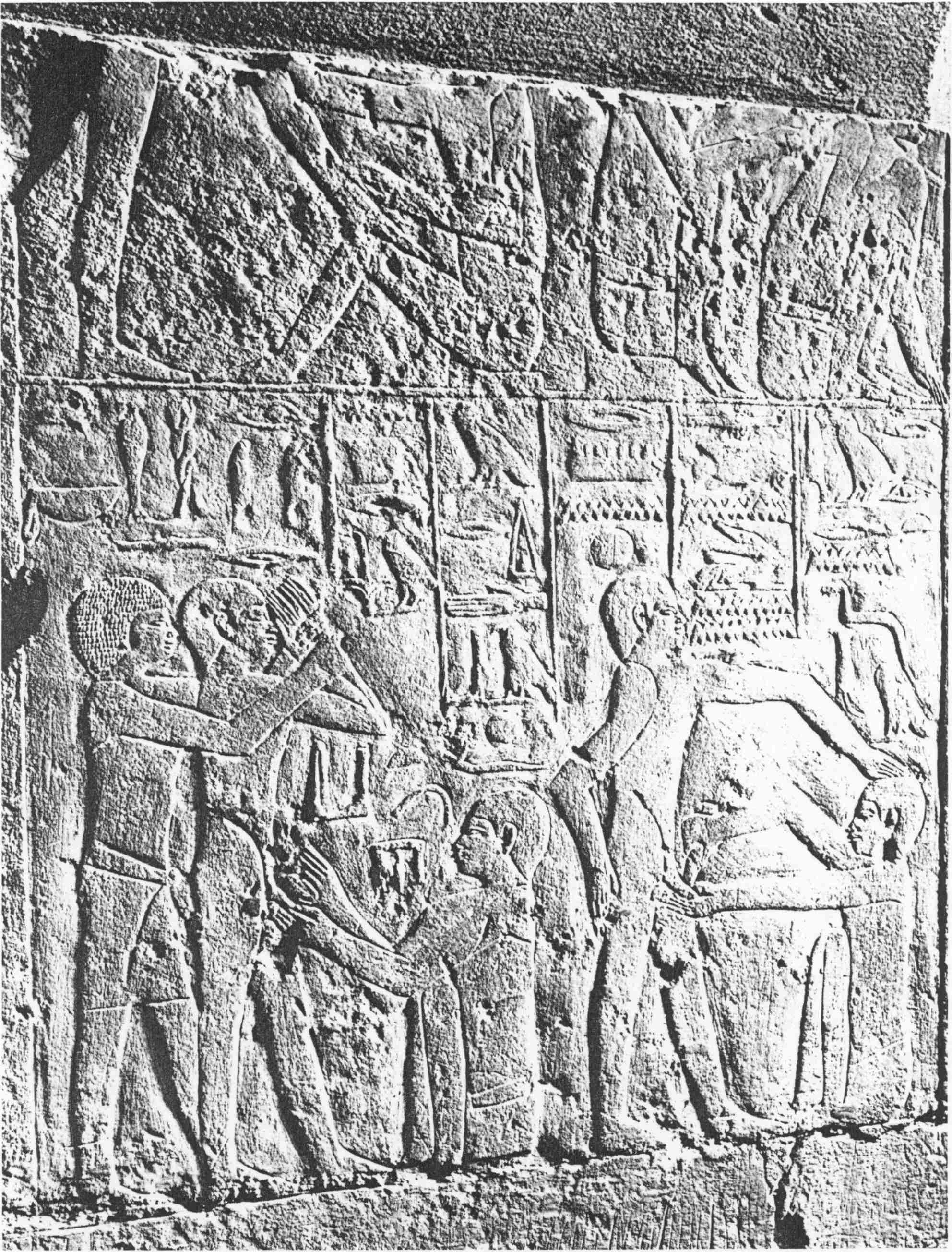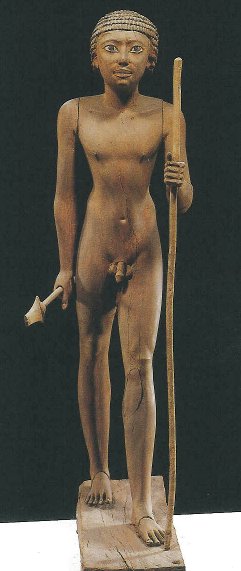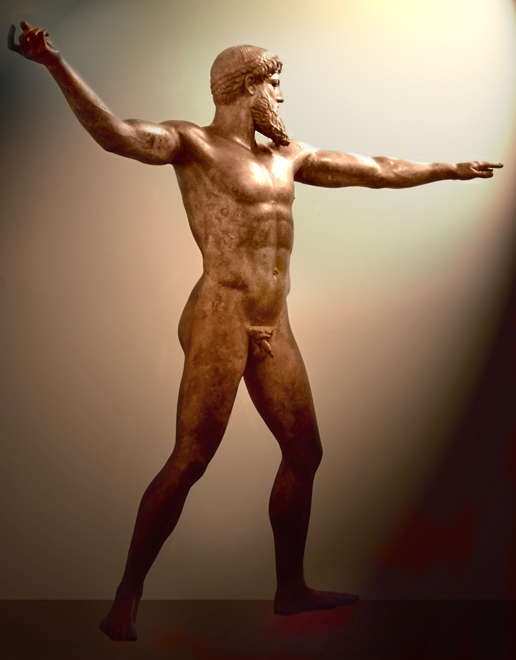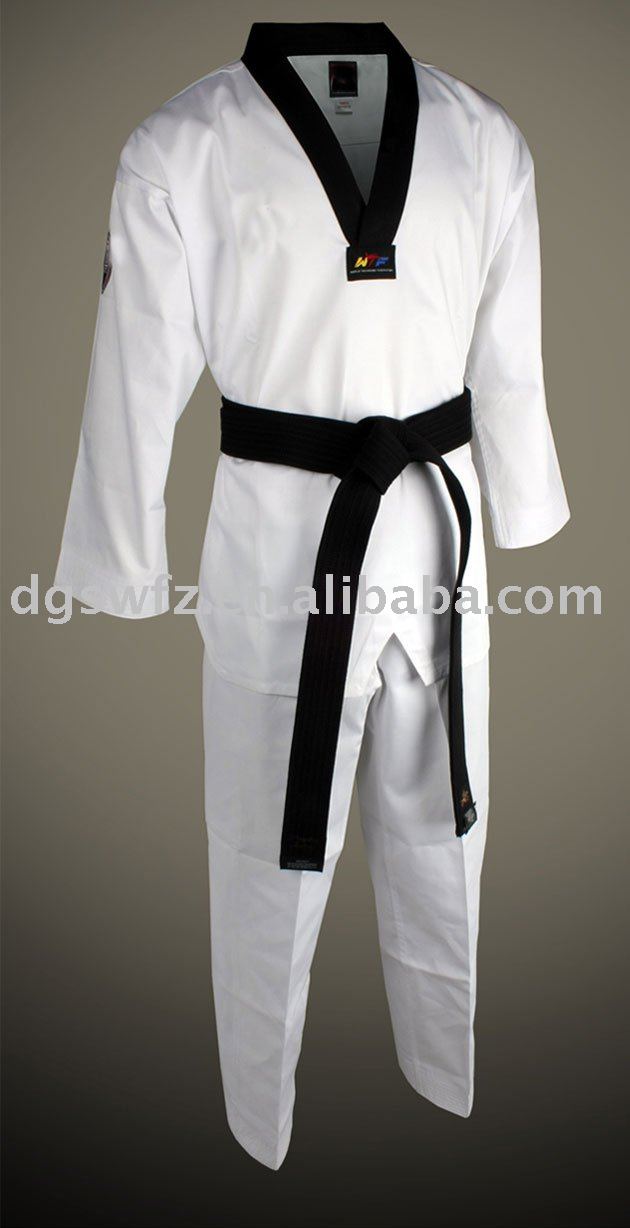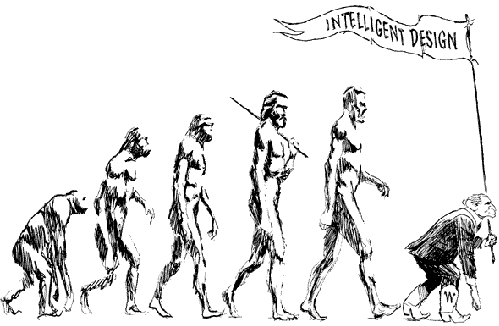Which disciplines can we consider as martial arts? Who do we consider as martial artist?
The common definition of ‘martial arts’ seems to be vague, at times. Martial arts are commonly attributed as ‘oriental’, ‘self-defence’, ‘form of combat or fighting’, ‘unarmed’ and sometimes ‘sports’. But not all martial arts constitutes of these attributes. Many of the disciplines that are widely accepted as martial arts do not follow these descriptions. Vice versa some disciplines are combat sports but are not considered as martial arts.
For example, many did not and still do not consider boxing, kickboxing and wrestling as martial arts even though they clearly do consists of fighting forms or systems, until it started to be presented in martial art documentaries such as Human Weapon and Fight Quest especially. Other documentaries tend to only venture into martial arts which falls into the more traditional definition – eastern, artistic and somewhat mystical such as Kung Fu, Wushu, Wing Chun, Karate-do, Judo, Jujutsu, Taekwondo, Hapkido as well as other Chinese, Japanese and Korean martial arts. Some of which do not have its emphasis on actual fighting but rather more on to choreographed performance which utilises punching, kicking and striking techniques as part of their movements, and yet they are undeniably widely known as martial arts even though the common first notion of a martial art is as a fighting form.
How about the word ‘martial artist’? What does it take to be labelled a martial artist? I am a karate black belter. But nobody, even myself, would label me a martial artist. I would label myself a karateka (karate practitioner), or martial art practitioner; I would label myself a karate competitor or exponent, or a martial art exponent; I would label myself a karate instructor, or martial art instructor, but martial artist – me? This sounds too farfetched. Why? – Because of the movies, of course. Bruce Lee, Chuck Norris, Jackie Chan, Jet Li, Jean-Claude Van Damme, Steven Seagal, Donnie Yen and Tony Jaa are some of the few whom the general media and public widely accept to place the label ‘martial artist’ on them.
For those who don’t make it to the movies, we label them as martial art practitioners, martial art exponents if they compete, and martial art instructors if they teach. I’m not just speaking of martial art practitioners like me, but also high ranking and achieving practitioners. We seldom label WKF (World Karate Federation) champions as martial artists; neither do we call WTF (World Taekwondo Federation) champions or ITF (International Taekwondo Federation) champions as martial artist; same goes with IFMA (International Federation of Muay Thai) or the WMC (World Muay Thai Coucil) or the WBC Muay Thai champions, and IWUF (international Wushu Federation) champions. Not only do these champions take their martial arts as profession, they are also the most skilled in the world.
In contrast, Bruce Lee was not a competitor – he did martial art movies. Jackie Chan’s background wasn’t martial arts, it was the Opera Peking School of traditional acrobatic Chinese acting – and then he became a stunt man for martial art movies to later star in them. Tony Jaa on the other hand was simply a fan of Bruce Lee and Jackie Chan as a child which inspired him. Jaa has trained in Taekwondo and Muay Thai but there is no record of formal training or competitive career. Even if his Taekwondo training was formal it was part of his stunt team member apprenticeship. He built his career as a stuntman and later starred in martial art movies himself, which earned him the label ‘martial artist’. What these men share in common is that their rise to fame to earn the label ‘martial artist’ is through the movies. To be more precise, not just any movie would work, you need to do martial art movies. A more suitable label I would give for this group would be 'martial art entertainers'.
 |
| Tony Jaa in Ong Bak (2003) |
I do come across those who only know about martial arts from what they see in the movies, and when they get to know of my involvement of in karate, they seem to ask “can you do this or that” questions. And often the acts which they wish to see me perform are those that resemble more that of a stuntman’s profession. As a fighter, I don’t see myself performing acrobats or gymnastics to win a fight, no matter how beautiful they may be. Imagine a boxer jumping up and down and spinning in the air competing to who can make the most beautiful moves. Or vice versa, imagine gymnasts punching and kicking each other in the Olympics to earn first place.
Well known American actor Wesley Snipes has a 5th Dan in Shotokan Karate. American actor Michael Jai White, who starred in Tyson (1995 HBO film), Spawn (1997) and Undisputed II: Last Man Standing (2006 direct-to-video), and has starred opposite Van Dame and Seagal, and have black belts in Shotokan, Tae Kwon Do, Kobudo, Goju Ryu, Tang Soo Do, Wushu and Kyokushin. But because most of their movies are not in the martial art genre the label ‘American actor’ falls more comfortably on them over the label ‘martial artist’, even if they may be more qualified in the martial art profession than some of their movie martial artists counterparts.
 |
| Wesley Snipes in Blade (1998) |
 |
| Michael Jai White in Spawn (1997) |
So is the current usage of ‘martial artist’ so misplaced? – Actually, in some aspects, yes, but not completely I must admit. These modern martial artists have authority in their fields. Even though Bruce Lee was not a competitor and made his name through the movies, he practiced Wing Chun and studied other forms of styles intensely. He got into many fights as he received many challenges due to his reputation – not safe regulated matches, but actual bare fisted fights. He challenged the secretive tradition of Kung Fu and spread martial arts to the west and eventually the world. He was respected as a martial artist and a philosopher who fused the two and revolutionised the understanding of martial arts influencing the entire world. Bruce Lee had authority in the martial art community.
Regardless of Jackie Chan’s background, he later ventured into martial arts and earned respect in the field. Chuck Norris had the 7 year long karate/kickboxing world title and was later awarded an 8th Degree Black Belt in Taekwondo. Van Damme too was a karate/kickboxing competitor who has a black belt in Shotokan Karate. Jet Li was a wushu competitor and champion with outstanding achievements. Donnie Yen was not a competitor, but was exposed to martial arts by his mother who was a world famous Wushu and Tai Chi master and ran the internationally known Chinese Wushu Research Institute. Steven Seagal has a 7th Dan in Aikido and is a Shihan (Master Level Instructors). Profession in the arts comes first which then develops into authority. Then of course to be widely known, fame is required. In modern days many earn fame through making movies – martial art movies for martial art reputation.
How about, perhaps, other than the movies, the notion that the ‘martial artist’ label goes to someone who ventures deeply into more than just one martial art? Not completely true either. Historical martial arts figures often are martial arts purists. In the past perhaps it’s just about reputation of your skill as a martial arts practitioner or as a teacher, developer or founder. For example, Historical figures such as the first generation masters and developer of Tode, direct predecessors of karate, such as Kanga Sakugawa, Kishin Teruya, Karyu Sokyu, Arakaki Seisho, and their masters mostly from China, Takahara Peichin (an Okinawan), Kusanku (a.k.a. Kwang Shang Fu), Wai Xinxian and Xie Zhongxian are referred to as martial artists today. So maybe martial art practitioners and authorities today mill be referred to as a martial artists in the future.
But one more conflict still lies firmly. What about boxers, wrestlers, kickboxers, MMA practitioners and competitors who have championship titles, authority and fame in these professions? We don’t label them martial artist, do we? No – because these are western combat ring sports, and not eastern martial arts. So even if the western ring sports are starting to be portrayed as martial arts, most of the time they still aren’t taken as such after all.
It is common for definition of words to changes over time. The word ‘martial art’ is changing over time as martial arts in general and the general understanding of martial arts develops. So to end this self-debate, rather than trying to come up with absolute definitions of ‘martial art’ and ‘martial artist’ I prefer to refer to the of arts as art/combat/defence disciplines rather than ‘martial arts’, and the practitioners as art/combat/defence practitioners rather than ‘martial artist’, whilst recognising that there are three general training forms in which just one or some or all of these training forms may be present in a specific disciplines. The training forms are (1) Choreographed Art, (2) Non-competitive/Competitive Bout Fights and (3) Self-Defence, and based on which combinations of training forms specific disciplines consists of, they can be classified into categories of art/combat/defence disciplines.
Related articles:
What Lay People Should Know about Karate – Karate Chops, Taekwondo and Chuck Norris
What Lay People Should Know about Karate – Peasants or Noblemen?

